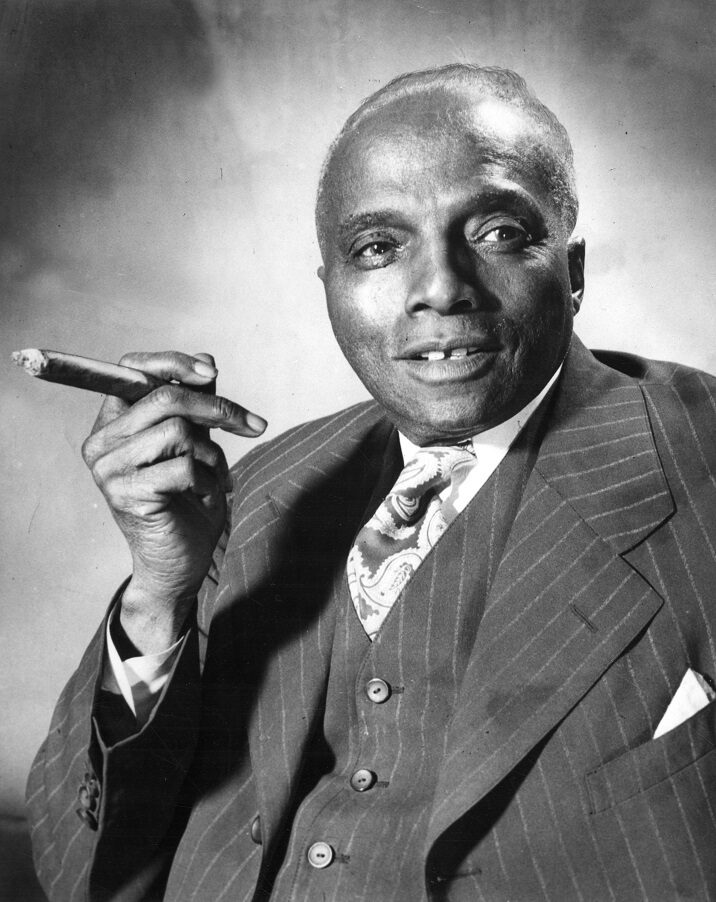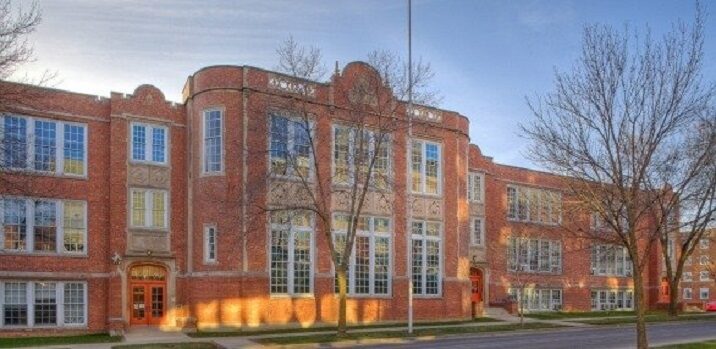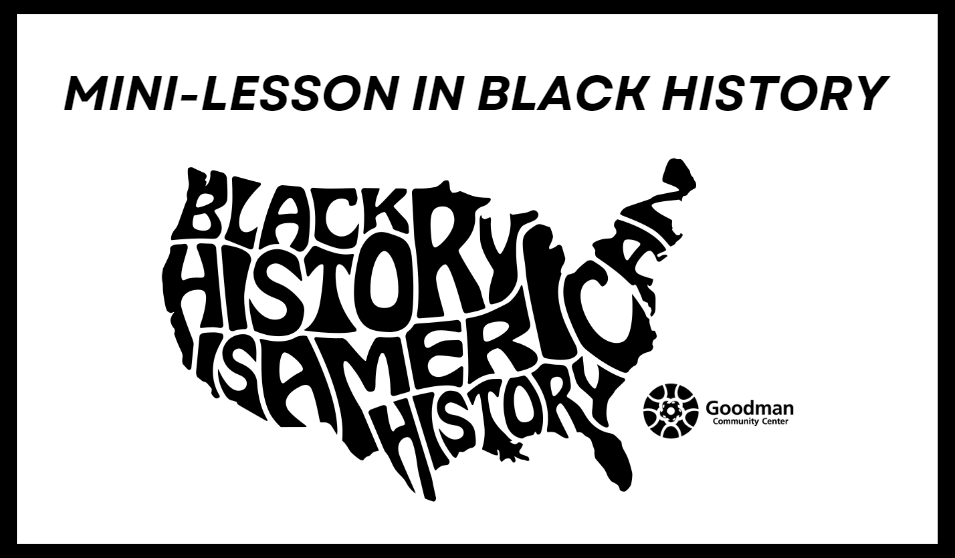Lloyd Barbee
- Elected president of Madison's NAACP Chapter in 1955.
- After previously dropping out due to faculty and student prejudice, Barbee got his law degree from UW-Madison in 1956.
- Organized MUSIC: Milwaukee United School Integration Committee in 1962. MUSIC fought de-facto segregation in Milwaukee schools, a difficult task within arguably one of the most segregated cities in the US.
- Barbee and MUSIC succeeded in legally desegregating the Milwaukee School District in 1976.

Lloyd Barbee in front of the WI state capital building.
J. Anthony Josey
- Moved to Madison with his wife (and sister of Amanda Hill of Hill Family Grocery) in 1905 after attending Atlanta University and co-editing The Atlanta Independent.
- Helped found Mt. Zion Baptist Church, one of WI oldest Black congregations.
- Founded the first Black newspaper in Madison, The Wisconsin Weekly Blade. The paper ran from 1916-1925 until Josey moved to Milwaukee, running The Blade there after merging the paper with a pre-existing Milwaukee publication. The Blade ran for nearly three decades until it closed in 1944.
- After the closing of his paper, Josey became "The First Mayor of Black Milwaukee" thanks to his post-newspaper work in real-estate, specializing in securing homes for folks of color. When he died, two funerals were held. One in Milwaukee and one in Madison, honoring his legacy in both cities.

J. Anthony Josey
Helen McLean & Longfellow Elementary School
- In 1958, McLean interviewed with Madison School District to become the city's first Black teacher.
- Unfortunately, the all-white Madison School District decides that white parents would be upset having a Black woman teaching their children and does not hire McLean. The comfort of white parents was put over McLean's skillset. She left Madison and began teaching in Beloit.
- The story stirs up scandal after being picked up by the media, and eventually McLean is invited back to Madison to teach at Longfellow Elementary in 1961. The choice to put McLean in Longfellow was highly strategic. Unlike other Madison schools, Longfellow served a community of poor immigrants and Black families.
- Soon after McLean is hired, the school begins to struggle. The city of Madison begins an 'urban renewal program' and orders the low-income community to be largely demolished and rebuilt, pushing many of the families out of their homes and, therefore, Longfellow elementary. The school went through a few changes before closing in 1980. The main structure has since been renovated and now serves as apartments.

Longfellow Elementary School where McLean worked.
Beatrice & Carson Gulley
- Carson Gulley was a longtime cook for UW-Madison.
- In 1953, Beatrice and Carson became Madison's first Black TV personalities. Their show, "What's Cookin'" was the only known program in the 1950s to star a Black husband and wife team on tv. The show ran nearly a decade from 1953 to 1962.
- Carson also hosted a twice weekly radio cooking show on WIBA called "Cooking School of The Air."
- The dining hall where Carson worked for 27 years was renamed the Carson Gulley Commons in 1966. This is the first UW Madison building to be named after a Black community member. The commons was renovated and renamed the Carson Gulley Center in 2013.
Sources: Madison 365 & The Wisconsin State Historical Society

The Gulleys cooking in their WMTV kitchen.

